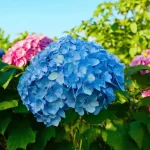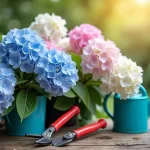The life cycle of hydrangeas is a captivating journey that showcases the beauty and resilience of these enchanting flowering plants. Hydrangeas, known for their stunning blooms and lush foliage, undergo various stages throughout their life cycle, offering an ever-changing spectacle from one season to the next.
The Stages of hydrangea Growth
The life cycle of a hydrangea can be broken down into several distinct stages, each with its own characteristics and requirements. Understanding these stages is essential for gardeners and plant enthusiasts who wish to nurture these beautiful shrubs effectively.
1. Budding Out (Early Spring)
As the cold of winter recedes and temperatures begin to rise, hydrangeas enter the budding stage. This period is marked by the first signs of life, as new buds emerge from the branches. This is crucial for hydrangeas, which are deciduous, meaning they shed their leaves in autumn and prepare for the new growth season in spring.
Key Indicators:
- New buds appearing at the end of branches.
- Leaf growth begins shortly after budding.
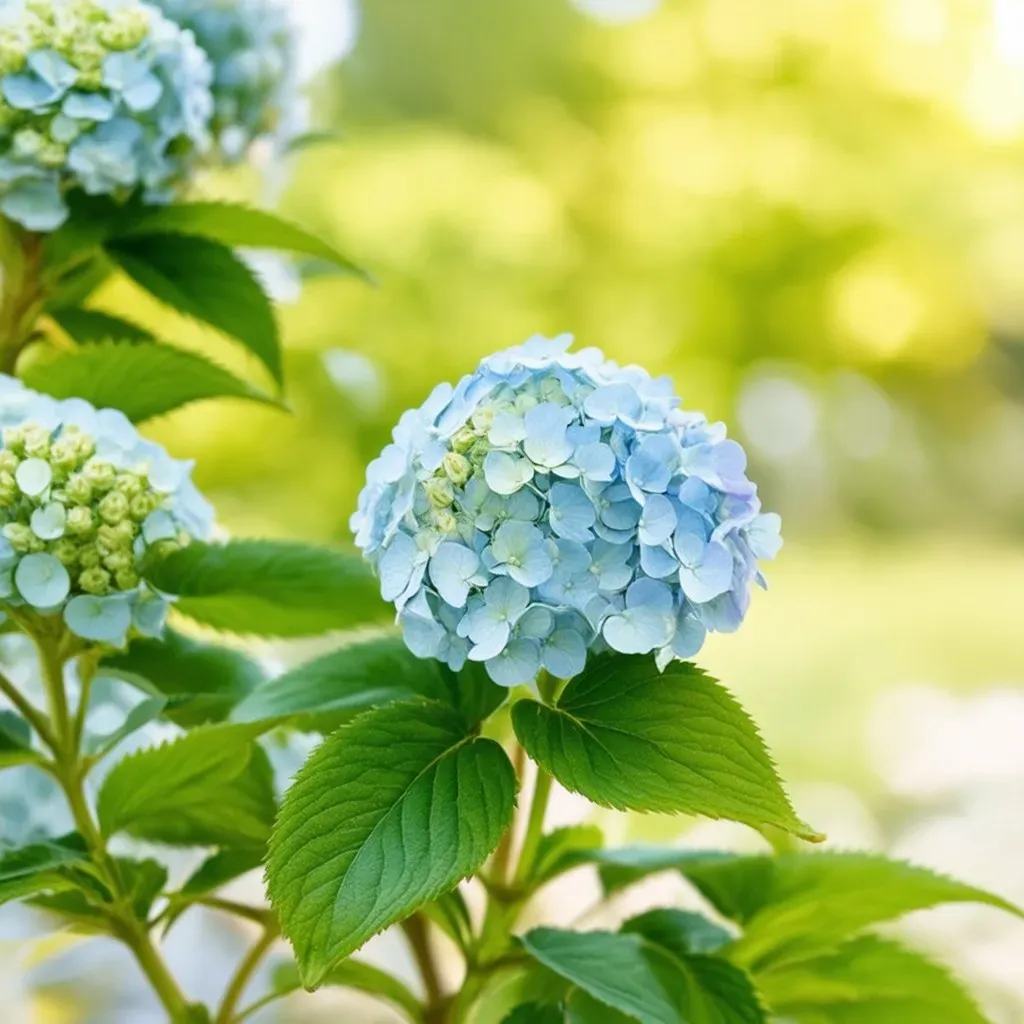
2. Leaf Development (Spring)
Following budding, hydrangeas enter the leaf development phase. This is when green, lush foliage starts to explode forth, providing a backdrop for the vibrant flowers that will come later. Healthy leaf growth is essential for photosynthesis, allowing the plant to gather energy for flowering.
Leaf Facts:
- Hydrangeas average about 6-10 large leaves per stem.
- Leaves are typically dark green, providing a striking contrast against the blooms.
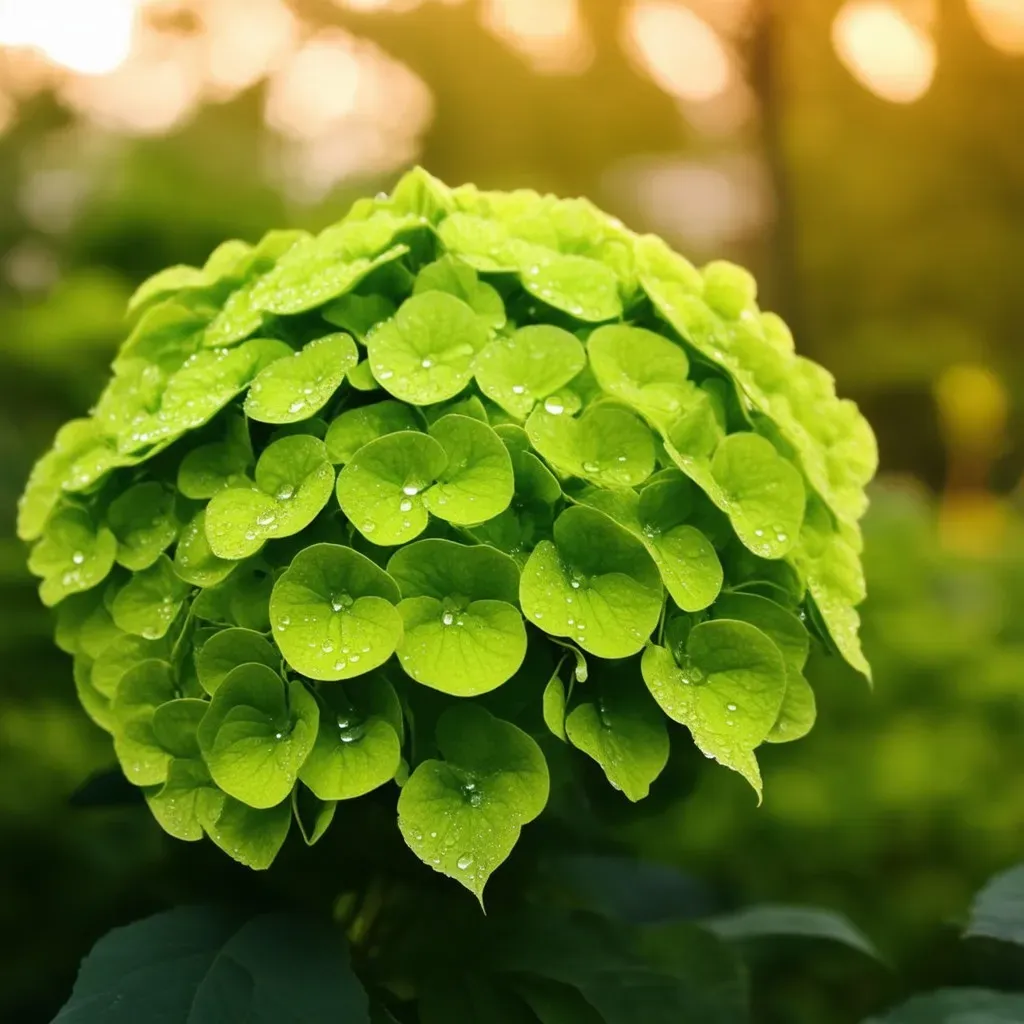
3. Flowering (Summer)
One of the most anticipated stages in the life cycle of hydrangeas is flowering. Depending on the specific type (e.g., hydrangea macrophylla, Hydrangea paniculata), flowers can bloom in various colors, ranging from blue and pink to white and purple. The flowering period can commence anywhere from May to July and last into the fall.
Flowering Stages:
| Flower Color | Soil pH Level | Appearance Time |
|---|---|---|
| Blue | Acidic (pH < 5.5) | May to July |
| Pink | Alkaline (pH > 6.5) | May to July |
| White | Neutral (pH ~ 6.0) | May to July |
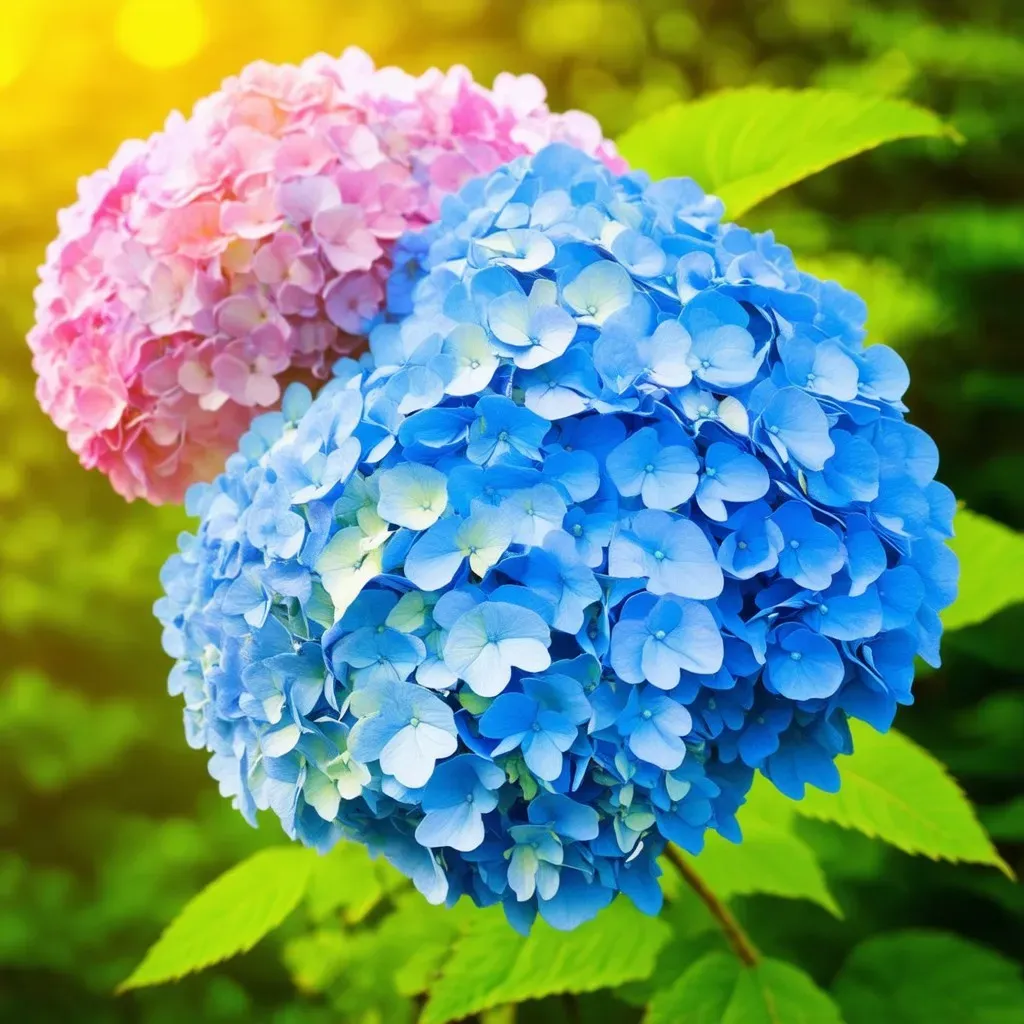
4. Fruiting (Late Summer – Fall)
Once flowering peaks, the hydrangeas’ metamorphosis turns toward fruiting. Although hydrangeas are primarily grown for their spectacular flowers, they do produce seed pods in the late summer and fall. These pods contain seeds for future generations.
Fruiting Characteristics:
- Seeds can be saved for propagation, although hydrangeas are often propagated through cuttings rather than seeds.
- Fruiting occurs as flowers fade, turning them into small, dry, capsule-like structures.

5. Dormancy (Winter)
As winter approaches, hydrangeas begin their dormancy phase. This is an essential time for the plants to conserve energy and prepare for the next growth cycle. During dormancy, hydrangeas will lose all their leaves and become bare.
Dormancy Features:
- The plant requires minimal water as it does not actively grow.
- Pruning is often done during this phase to prepare for the spring growth.
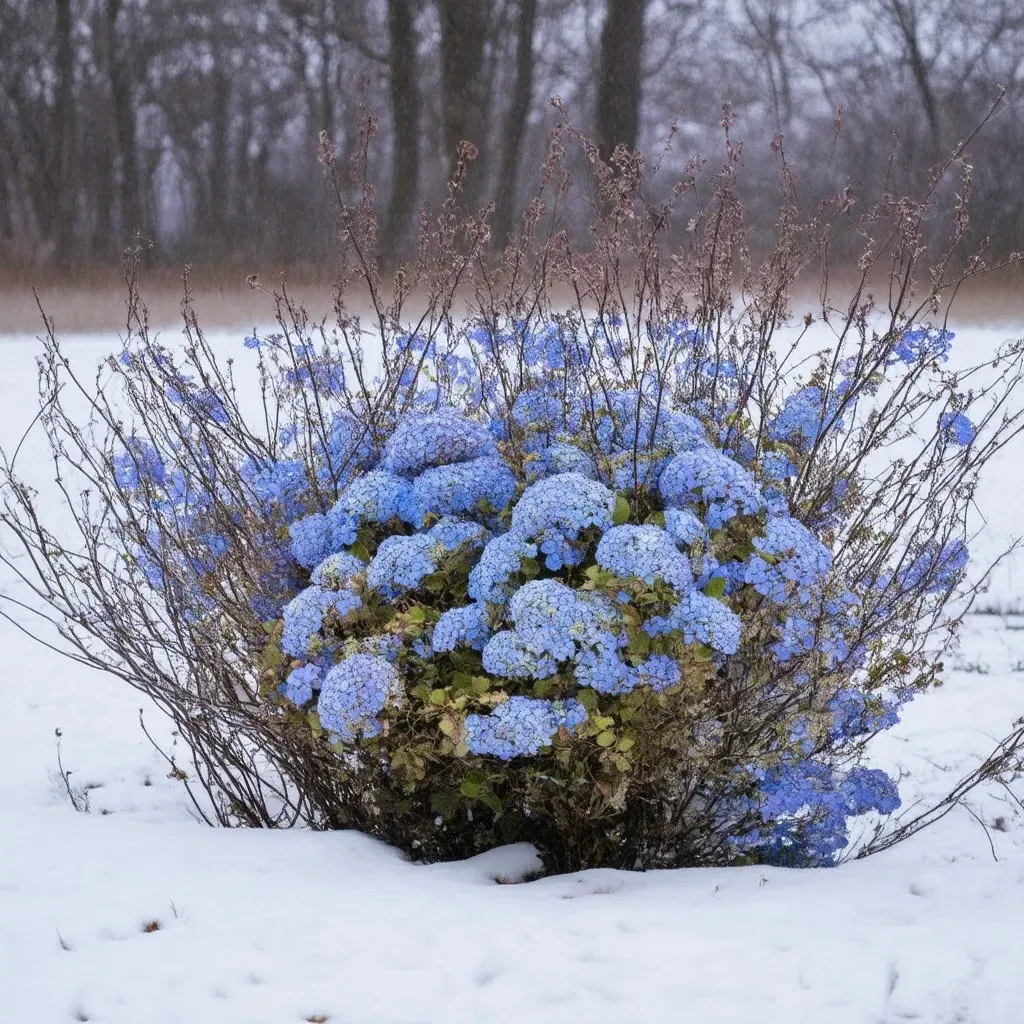
Hydrangea Lifespan
The typical lifespan of a hydrangea can vary based on factors like species, care, and environmental conditions. Most hydrangea shrubs can live for 20-30 years, making them a long-lasting addition to any garden landscape. However, with proper care—such as adequate watering, fertilization, and pest control—some can last even longer.
| Factor | Lifespan Effect |
|---|---|
| Species Type | 20-30 years on average |
| Environmental Care | Extended lifespan possible |
| Pest/Disease Control | Improved overall health |
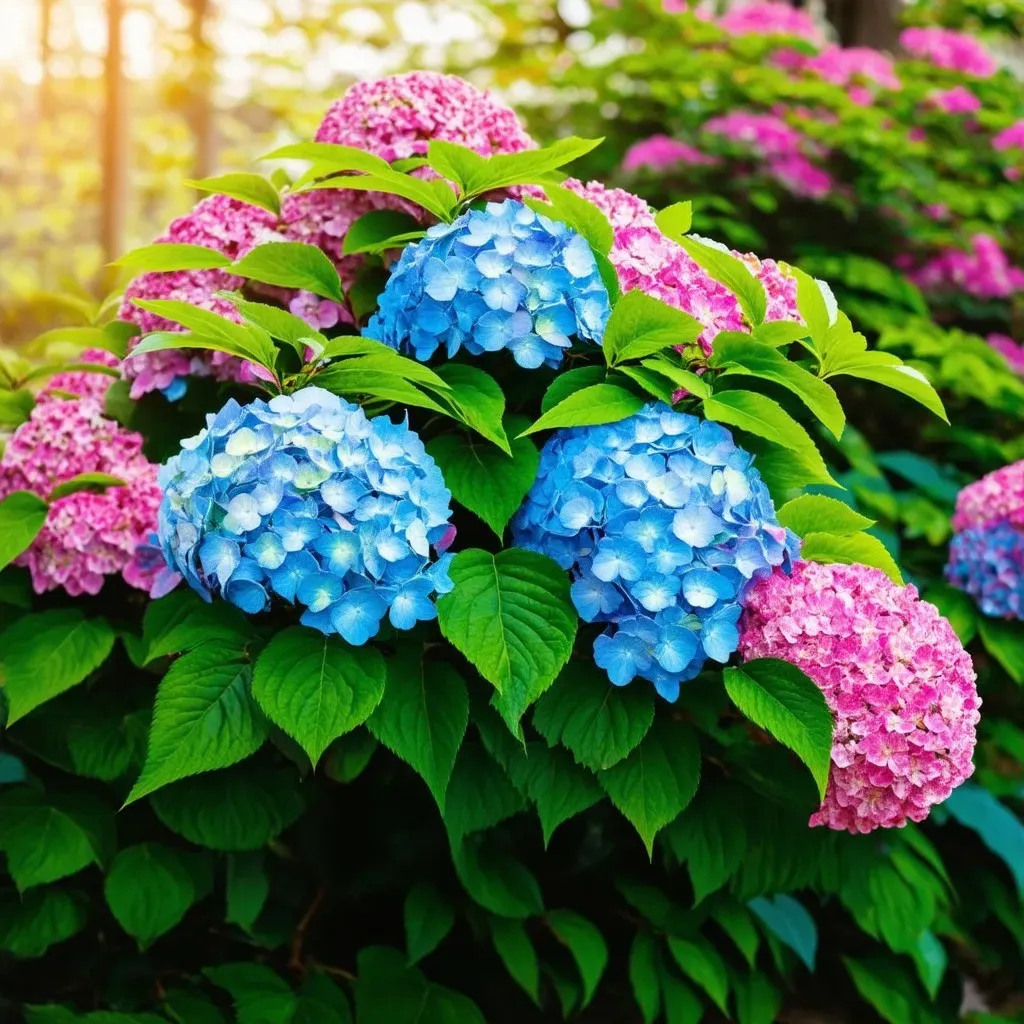
Frequently Asked Questions (FAQs)
Q1: How often should I water my hydrangeas?
A: Hydrangeas thrive with consistent moisture. Water them about once a week, ensuring that the soil remains moist but not soggy.
Q2: What is the best time to prune hydrangeas?
A: The ideal time to prune hydrangeas is during their dormant period in late winter or early spring before new growth begins.
Q3: How can I change the color of my hydrangeas?
A: The color of hydrangeas can be altered based on soil pH levels. Lowering the pH (making it more acidic) can enhance blue hues, while raising the pH can promote pink hues.
Q4: Do hydrangeas need fertilizer?
A: While not mandatory, fertilizing hydrangeas in early spring and late summer can invigorate their growth and blooming performance.
Q5: Can hydrangeas be grown in pots?
A: Yes, hydrangeas can be successfully grown in pots as long as they have sufficient space for root development and are placed in an area with adequate sunlight.
For more in-depth information, visit The Spruce’s guide on How to Grow and Care for Hydrangeas.
With proper understanding and care, one can wholeheartedly appreciate the life cycle of hydrangeas, bringing remarkable beauty to gardens and landscapes year after year. As these floral delights pass through their life stages, they offer both a visual treat and a lesson in the cyclical nature of life itself.

